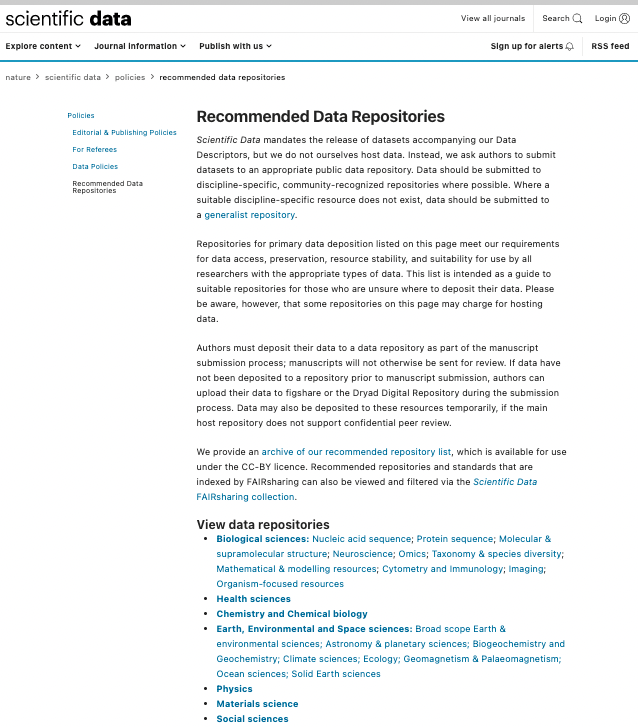TERN has received the distinction of being listed by Nature as a recommended data repository for scientific data in the discipline of ecology.
As part of its publishing process, Nature mandates the release of datasets into the public domain but does not itself host environmental data. Instead, Nature asks authors to submit datasets to an appropriate discipline-specific, community-recognised public data repository where possible.
To be recommended by Nature, the repository must meet its requirements for data access, preservation, resource stability, and suitability for use by all researchers with the appropriate types of data. And TERN’s e-infrastructure meets the requirements for primary ecology data deposition.
Only two other Australian data repositories make the list – the Australian Antarctic Data Centre and the Australian Ocean Data Network.
How to publish your data with TERN
TERN’s data submission tool, SHaRED, allows ecosystem scientists to easily submit datasets into TERN’s secure data repository where they can be retrieved by others to create new science, new knowledge and educational tools.
SHaRED has features aimed at making data publishing as easy as possible for researchers:
- complete redesign of the metadata form to make it more user friendly and intuitive;
- be compliant to ISO 19115-3 metadata standards to improve Interoperability;
- log in using the Australian Access Federation (AAF) single sign on or Google ID;
- directly upload files up to 100 MB; and
- link your data via several web services such as WMS, WCS, WFS and OpenDAP.
Quick and easy, but secure
Intuitive features and drop-down menus enable data submission into TERN in typically less than 30 minutes. Despite the speed of submission, SHaRED does not compromise on the collection of the structured metadata which increase the chances of people finding your data.
The new SHaRED allows users to:
- use controlled vocabularies to add GCMD Science Keywords, ANZSRC FoR classifications, sampling frequency, instruments used, observed properties, units of measure
- add multiple bounding boxes to describe where data were collected;
- add vertical coverage to capture depth and altitude information;
- capture data lineage information;
- provide ORCID IDs for all contributors; and
- add additional publications and resources associated to the data.

- TERN is fully committed to providing data that are not only findable, accessible, interoperable and reusable but also standard-compliant. Thanks to a Qld Government RICF grant, TERN is applying to have its data e-infrastructure certified by CoreTrustSeal. Receiving the data-world’s tick of approval will provide additional independent assurance to users that TERN data are curated, managed and continuously made available to the highest international standards.
- TERN's data submission tool, SHaRED, allows ecosystem scientists to easily upload datasets into TERN’s common and secure data repository where they can be retrieved by others to create new science, new knowledge and educational tools.
Click here to view our more in-depth help documentation and user guide or drop us an email at esupport@tern.org.au








